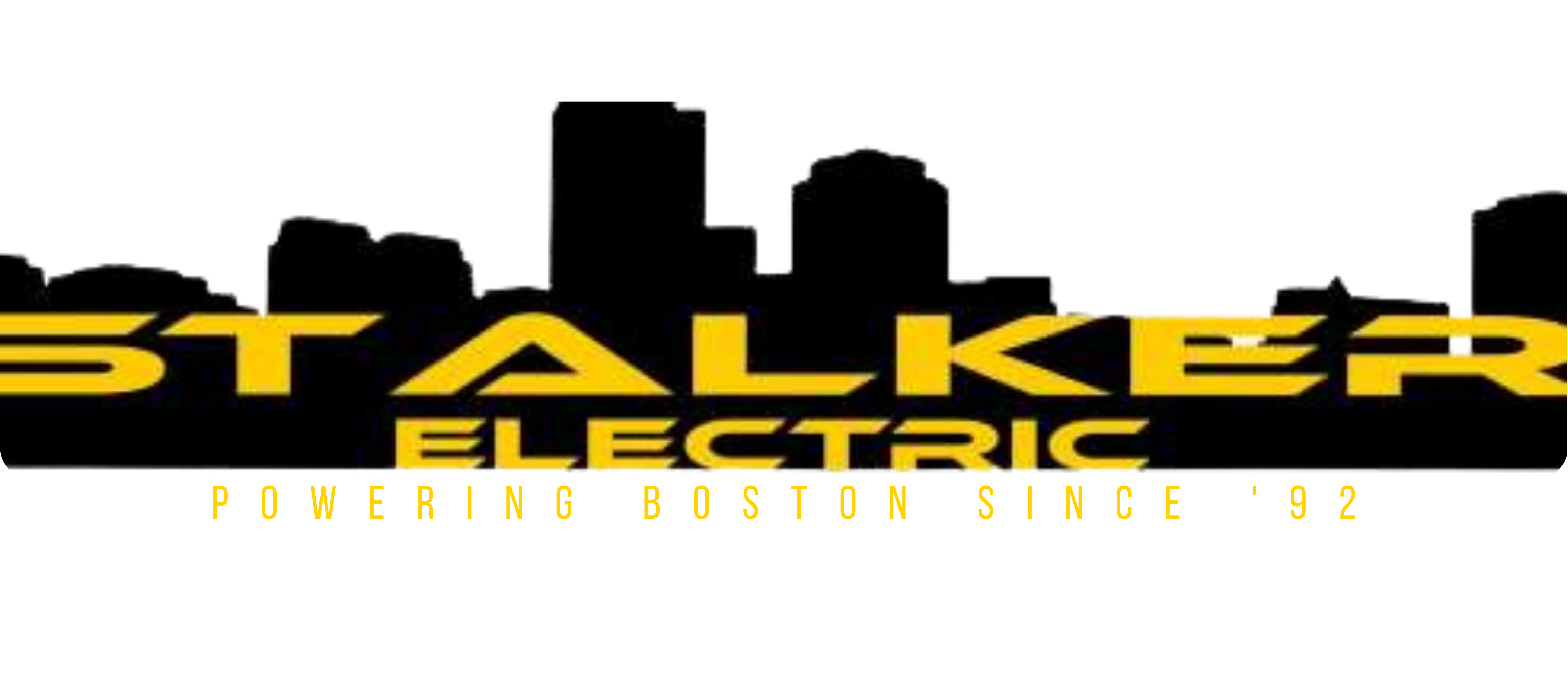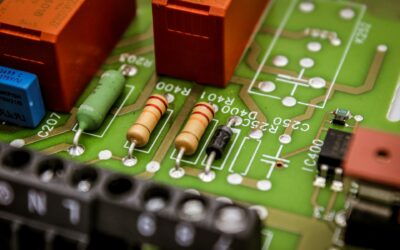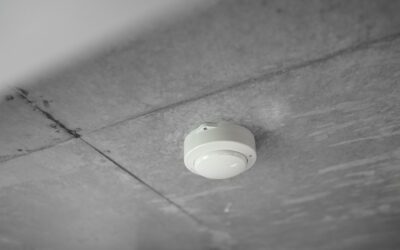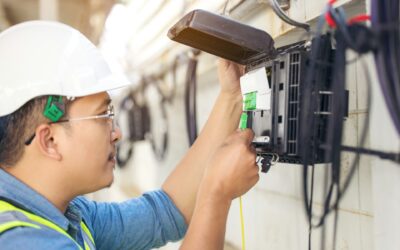Fire safety is vital for keeping your home and family out of harm’s way. Fire suppression detection systems play a key role in this. These systems can quickly detect and control fires, minimizing damage and preventing disasters from escalating. Understanding how these systems operate helps you appreciate their value.
Installing a fire suppression detection system provides many benefits beyond just putting out fires. These systems can be lifesaving while safeguarding your property and belongings. Regular maintenance and safety checks are essential to ensure the system works properly when it’s needed most. Learning about these tasks helps you keep your fire suppression system in top condition, offering peace of mind and security.
Types of Fire Suppression Detection Systems and How They Differ
Fire suppression detection systems come in various types, each designed for specific needs. Some common types include water-based systems, chemical-based systems, and gas-based systems. Water-based systems, such as sprinklers, are the most common and work by spraying water to douse flames. They are effective in many environments but can cause water damage if not used correctly.
Chemical-based systems use compounds like foam or dry chemicals to suppress fires. These systems are suitable for places where water might cause more harm, such as areas with electrical equipment. Gas-based systems, on the other hand, release gas to smother fires by reducing oxygen levels. These systems are effective in confined spaces but require careful planning to ensure safety.
Different systems offer unique benefits depending on the environment they protect. Choosing the right system involves understanding the specific needs of your home or business. This ensures that, in the event of a fire, the system can act quickly and effectively to prevent damage.
Components of a Fire Suppression System: A Closer Look
A fire suppression system comprises several vital components that work together to detect and extinguish fires. The first key component is the detection device, which can be smoke detectors, heat sensors, or flame detectors. These devices monitor the environment for signs of a fire.
Once a fire is detected, the control panel receives the signal and activates the suppression system. This could involve releasing water, chemicals, or gas, depending on the type of system. The control panel is crucial for managing the response and ensuring the right action is taken.
Another important component is the actuation device, which actually deploys the suppression agent. This might be a sprinkler head, a nozzle, or a gas release valve. These devices are strategically placed to cover the most critical areas. Piping and storage tanks (for water or chemicals) ensure that the suppression agent is delivered where it is needed.
Together, these components form a robust defense against fires. Regular maintenance and safety checks help keep all parts functioning properly, ensuring that the system is ready to protect your home when needed most.
Advantages of Installing Fire Suppression Detection Systems in Your Home
Fire suppression detection systems offer several benefits that can make your home much safer. One major advantage is early fire detection. These systems can spot signs of a fire before it grows large, giving you valuable time to act. Some systems can even trigger alarms and alert the fire department automatically, reducing the response time significantly.
Another benefit is the protection of property. Fire suppression systems can limit the damage caused by fires. By controlling or putting out fires quickly, these systems help save your home and belongings from being destroyed. Beyond protecting what you own, these systems can also reduce repair costs and insurance claims, making them a wise investment for any homeowner.
Maintenance and Safety Checks to Keep Your System Functioning Properly
Regular maintenance is essential for keeping your fire suppression system in top shape. Start by checking the system’s control panel for any error messages or alerts. Make sure to test the alarms and detectors monthly to ensure they are working correctly. Replace batteries in smoke detectors at least once a year, even if they appear to be fine.
Also, inspect all the components of the system, including sprinklers, alarms, and control devices. Look for any signs of wear and tear, corrosion, or damage that might affect their performance. Clean the detectors and alarms to remove dust and debris that can interfere with their sensors. It’s a good idea to schedule professional maintenance at least once a year for a more thorough inspection. These steps will help ensure your fire suppression system is always ready to protect your home.
Conclusion
Fire suppression detection systems are valuable tools for keeping your home safe. They provide early warnings and can quickly control or extinguish fires, protecting your loved ones and your property. By understanding the different types and keeping up with regular maintenance, you can ensure your system is always prepared to act when needed.
For expert guidance and professional installation, contact us at Stalker Electric today. We specialize in keeping your home secure with top-quality electrical and fire safety systems. Make the smart choice for your home and your family—let Stalker Electric help you achieve peace of mind.






0 Comments